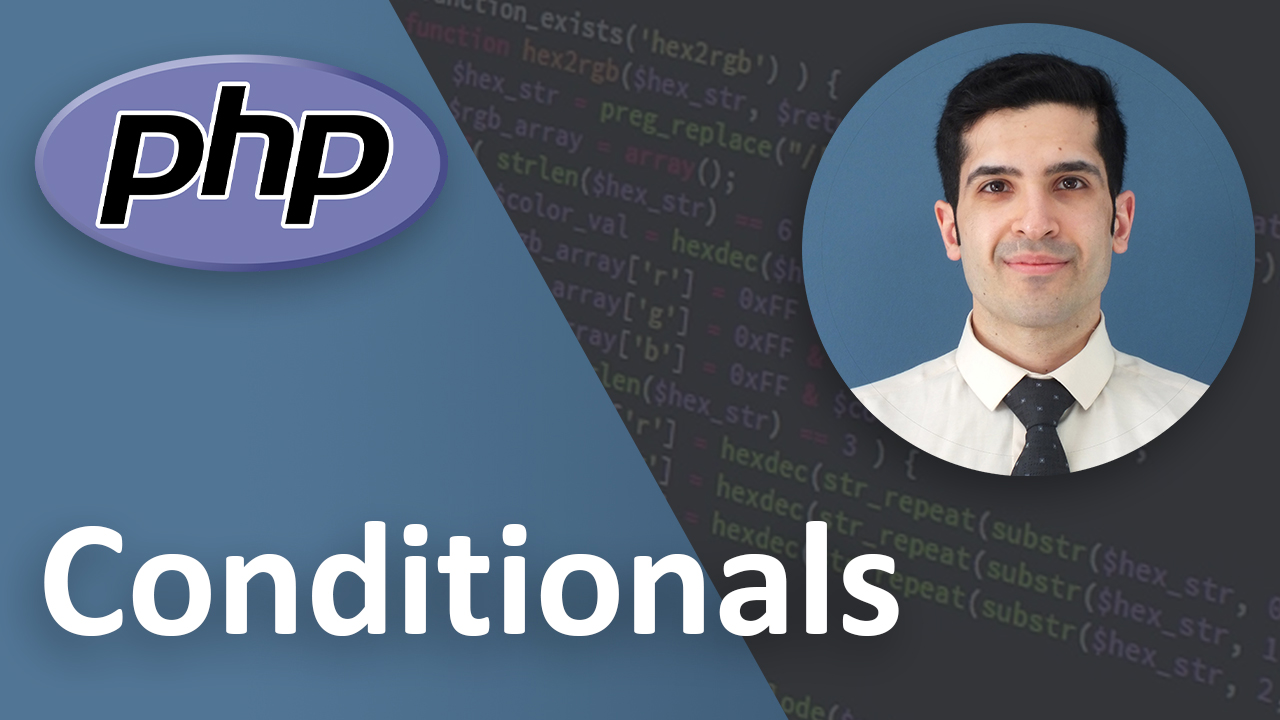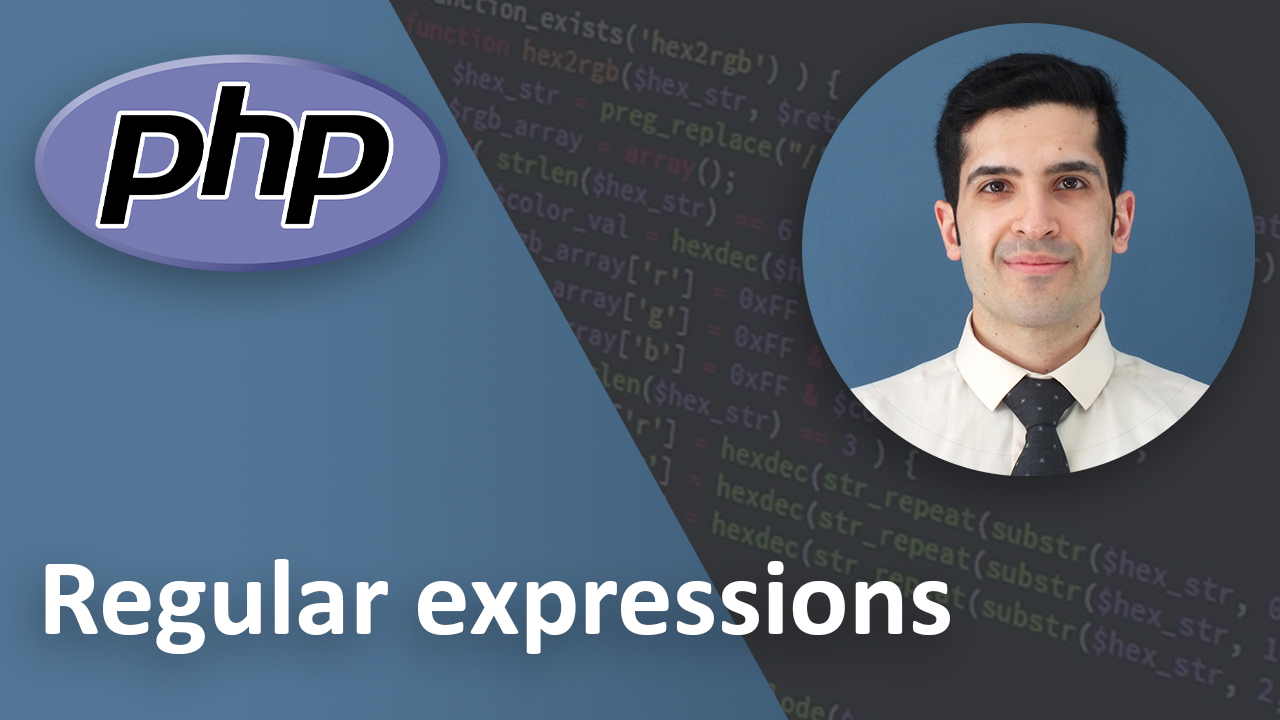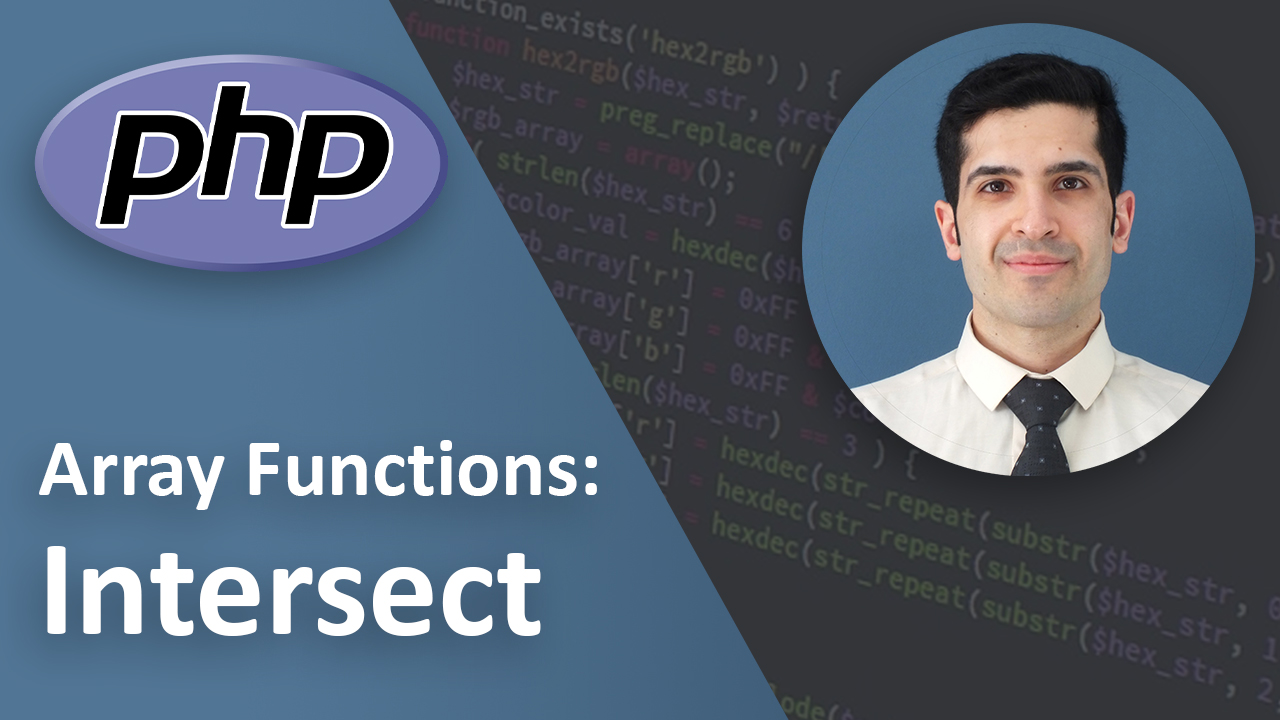Machine Learning in PHP
Last Updated on Mar 18, 2023
Are you curious about machine learning and PHP? In this easy-to-understand blog post, I'll introduce you to machine learning in PHP.
What is Machine Learning?
Machine learning is a way for computers to learn and improve at tasks without being specifically programmed to do so. Imagine you want to find out how much a house costs. Instead of writing a detailed program that takes into account many factors like size, location, and number of rooms, you can use machine learning. It will analyze data from different houses and predict the price for you. Cool, right?
Examples of Machine Learning
There are so many things machine learning can do. Here are some examples:
- Amazon's product recommendations
- IMDb's movie suggestions
- Banks detecting fraud
- Smartwatches detecting health issues
- Virtual assistants like Siri or Google Assistant understanding your voice
The possibilities are endless!
Types of Machine Learning
There are two main types of machine learning: supervised learning and unsupervised learning.
Supervised learning:
Here, we teach the computer using labeled data, where each input comes with the correct output. This helps the computer make predictions on new data.
Unsupervised learning:
In this case, the computer learns from unlabeled data, finding patterns and relationships on its own.
There are other types too, like semi-supervised learning, self-supervised learning, and reinforcement learning. But don't worry too much about these for now.
Machine Learning Algorithms
There are many algorithms used in machine learning, like linear regression, support vector machines (SVM), and decision trees. Don't worry if these names sound confusing - you don't need to know them all! We'll explore some simple models with these algorithms later on.
How Do We Choose the Best Algorithm?
To find the best algorithm for your data, you can use evaluation metrics like accuracy, precision, or F1 score. These help you compare different algorithms and see which one works best for your problem.
Implementing Machine Learning in PHP
When it's time to use machine learning in PHP, we follow three simple steps:
- Load and pre-process the data: Clean it up and get it ready for the machine learning model.
- Train the model: Use a suitable algorithm to teach the computer.
- Make predictions: Use the trained model to make predictions for your project.
Machine Learning in PHP
So, you're ready to build your own machine learning models in PHP. The first choice you need to make is whether to write the algorithms yourself or use existing libraries. For this post, we'll use well-tested libraries with lots of useful algorithms. Two of the top libraries as of 2023 are PHP ML and Rubix ML, both of which are fantastic.
Let's use PHP ML for now. To get started, you'll need to include the library in your project. Here's how you can do it:
Create a new directory called "PHP Machine Learning" and an empty "index.php" file inside it.
Open your terminal and type the following command to require PHP ML:
composer require php-ai/php-ml
This command adds PHP ML to your project. You'll see it in the "vendor" folder, where you can explore the available algorithms or read the documentation.
In your "index.php" file, add the following line to require the necessary files:
require 'vendor/autoload.php';
Now you can use all the amazing algorithms from PHP ML in your code.
That's it! Now you have a basic understanding of machine learning in PHP. If you're eager to learn more and put your knowledge into practice, you can join our course "Introduction to Machine Learning in PHP". What are you waiting for? Let's dive into the world of machine learning together!






